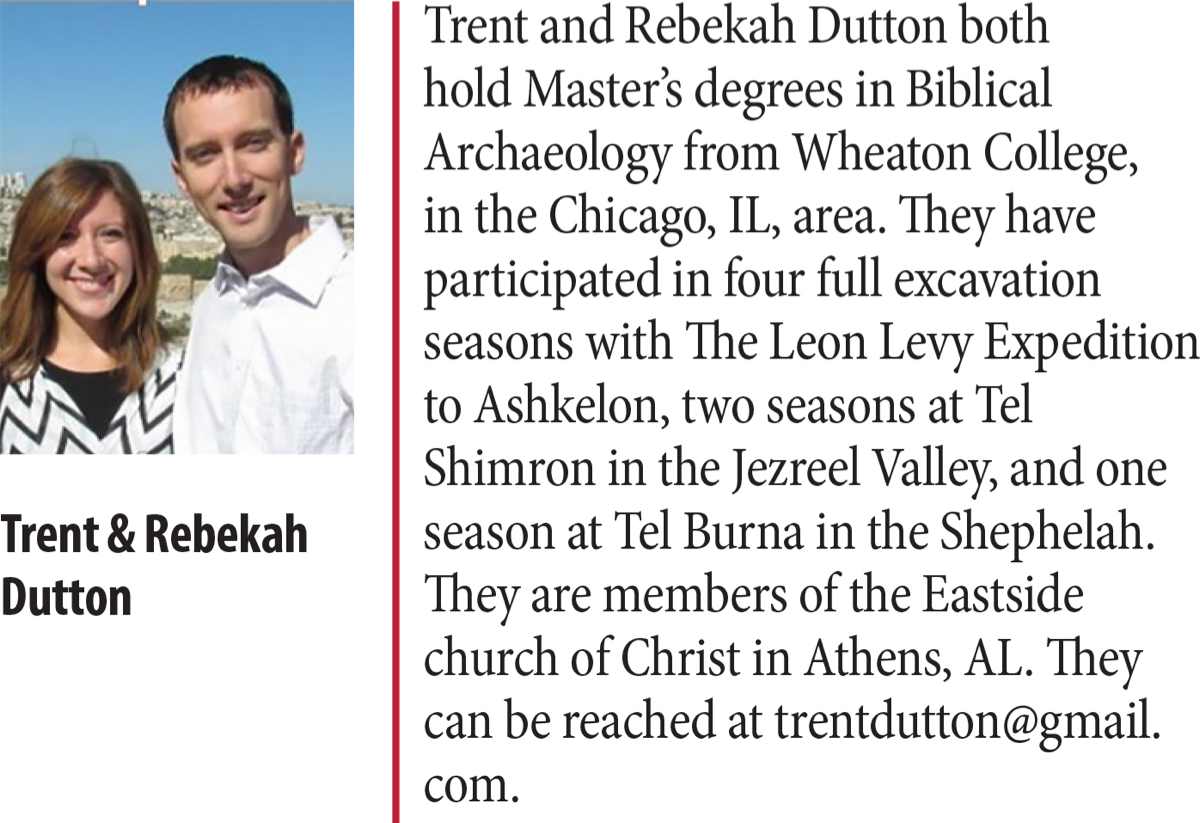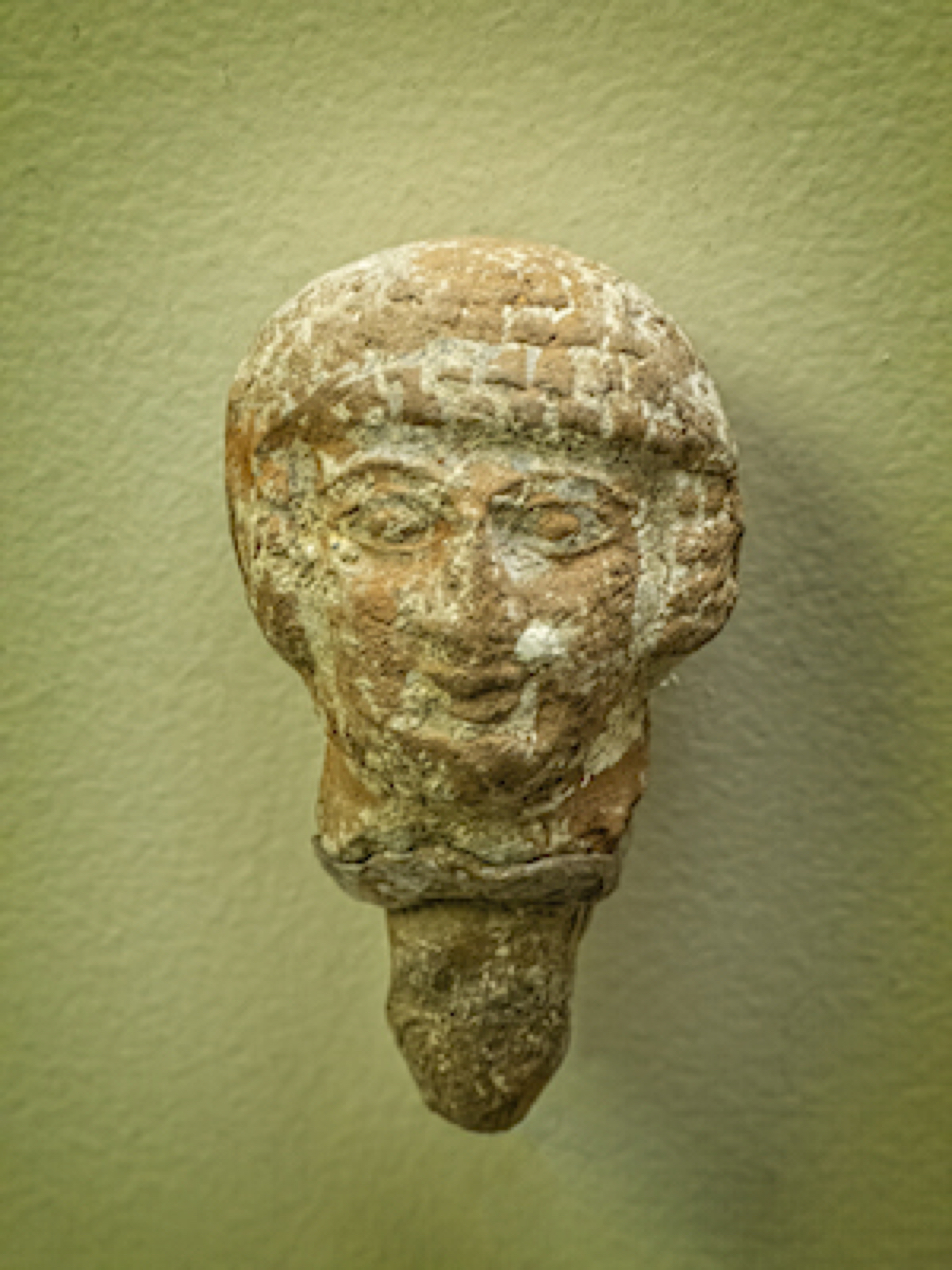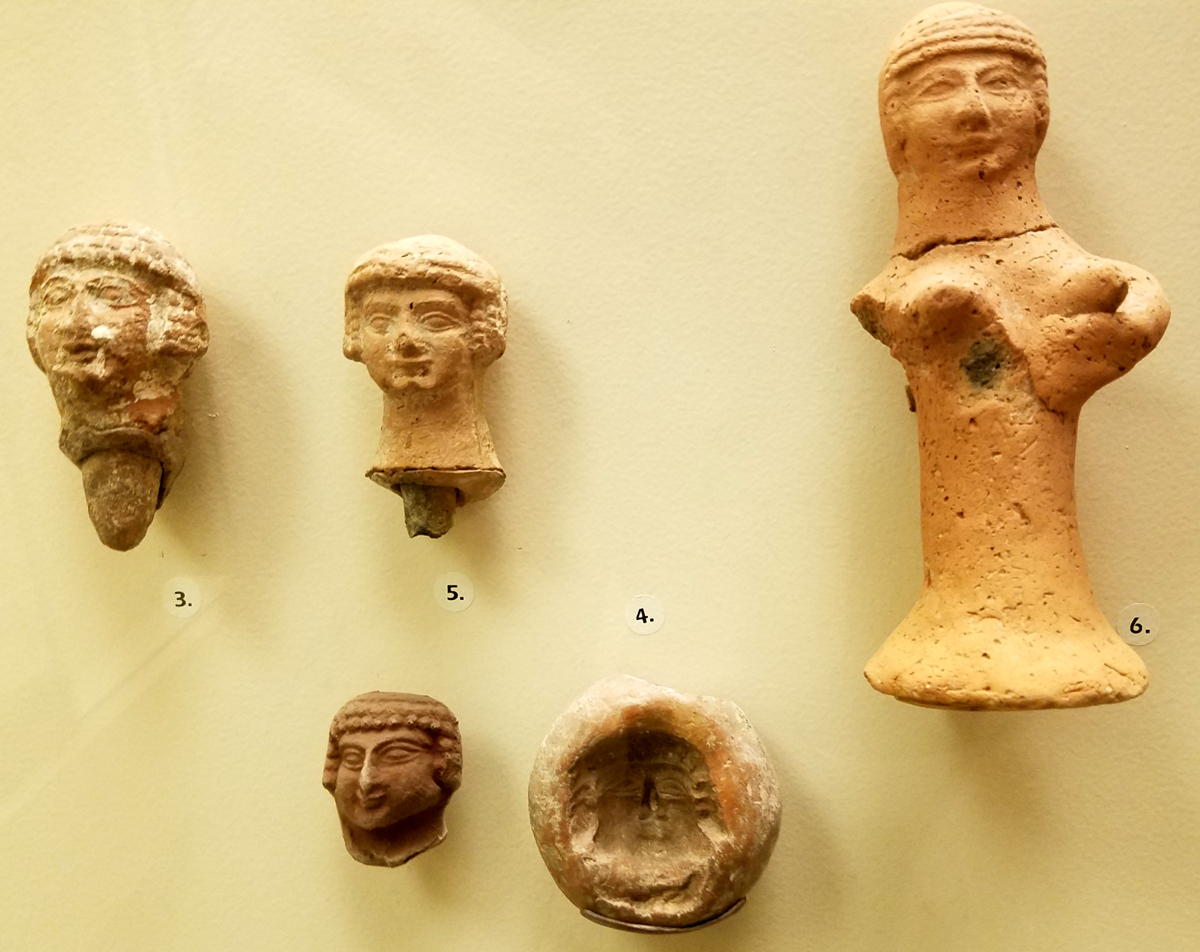By Trent and Rebekah Dutton
Synopsis: After addressing what we know about Judean Pillar Figurines, now let us consider a followup question: What do we not know?
In our last two articles, we introduced Judean Pillar Figurines (JPFs), discussing characteristics we know about them, such as being made of locally sourced earthen clays, dating mostly from the eighth to sixth centuries BC, and being found mostly in Judah, with a high concentration in Jerusalem. This article considers things we do not know about JPFs.
As you dig into methodologies used by archaeologists, time, experience, and interactions with other experienced archaeologists, all help to determine what you can and cannot interpret from the items you find. Can anyone interpret archaeological finds from common sense and logic just by looking at the objects and the data about them? Sometimes, yes. For example, from data discussed in our previous articles, if 80% of JPF finds were located in buildings that contained altars, or flip that, and say 80% of the find-spots were in domestic settings, could those numbers push the direction of object interpretation? Sure. The first could indicate that the objects were mostly used in a structured system of religious practices. The second might show that the objects were primarily used in domestic settings, not in a formalized religious context.
However, our questions in this article concern things we cannot know definitively with the data at hand. Questions like, do these objects represent Asherah? Are they idols at all? Were they used in worship practices—or themselves worshiped? Did every household have one?
“Do these objects represent Asherah” is a large and overarching question. Given JPF finds so far, the data is not object-labeling type data. Meaning, no JPFs have been found that are inscribed or represented in drawings where the objects are positively identified. The name Asherah exists on jars found at a site in Kuntillet ’Ajrud (Zĕʼēv, 87), but JPFs are not found associated with them, or in any other way connected to them (that is known at the moment). Besides this instance, there are very few other references to Asherah inscribed on any finds within Israel.
Are they idols at all? This question is not about assignment to a named identity, but about their general use and purpose. JPFs are obviously not a tool or utensil. Their form and appearance are humanlike, even if the ultimate intention was not human. This question trends in an area that object observational data cannot answer directly. If another question was answered, such as identity, you would then have a known representation of a deity. That would provide a solid platform to make the claim that the objects themselves were idols.
Were they used in worship practices or themselves worshiped? JPFs have been found in both domestic and non-domestic settings, the latter seeming to be religious in nature. Based upon the numbers that have been found, it appears that these objects permeated the culture. One may not be able to say that they were used in a worship practice, but their numbers, location, and the time period in which they were found certainly lean toward some kind of deity representation and following.
Did everyone, or every household, have one? This is one of those questions quickly limited (usually) by archaeological process and interpretation. It is normally difficult, and often unwise, to answer archaeological questions that begin with “every:” Everyone did this, everyone had this, everyone or every household who had this object was doing “this” with it. Can you find something such as an altar, cut animal bones around it, and the building in which it was found, and surmise that the use was for religious ceremony sacrifices. Yes. If this pattern is found at fifteen other sites in a region, and all (or most) of the known sites in a region have similar building footprints, a pattern can be built. You may be able, in that scenario, to answer a question with “every.” However, with JPFs and known data, those type scenarios really do not exist.
These are questions we cannot answer, at least definitively, at this point. Are JPFs Asherah? Even if you had labels, or something like it, remember, the object may not have carried that significance to everyone in different locations over time. Were they worshipped themselves or used in worship practices? Here again, it is likely, but lacking a description or depiction, it is hard to know the exact use and function. Did everyone have one? That is an “every” type question, and very hard to answer (usually) from an archaeological perspective.
We return to a concept mentioned in articles before. These types of questions, and their answers, have great potential to help us know and understand the culture of a people, or peoples, operating on the ground in Scriptures. Alternatively, they help in knowing what we cannot yet answer. However, when it comes to God’s view and perspective on a topic such as idols and idol worship, there are no questions concerning God’s view of it. From Genesis to Revelation, idols are mentioned hundreds of times, and never in a positive light!
Mešel Zĕʼēv, Aḥiṭuv Šemuʼel, and Liora Freud. “The Inscriptions.” Essay. In Kuntillet ʻAjrud (ḥorvat Teman): An Iron Age II Religious Site on the Judah-Sinai Border. Israel Exploration Society, 2012.


Image-1 Caption: Harrsch, Mary. “Ceramic Judean Pillar-Based Figurine Head Beth Shemesh Iron II 800-586 BCE Penn Museum,” October 23, 2020. https://commons.wikimedia.org/wiki/File:Ceramic_Judean_pillar-based_figurine_head_Beth_Shemesh_Iron_II_800-586_BCE_Penn_Museum.jpg.

Image-2 Caption: Cherson, Adam. “Penn Musuem Beit Shemesh Cylindrical Figurines,” October 27, 2020. https://commons.wikimedia.org/wiki/File:Penn_Musuem_Beit_Shemesh_Cylindrical_Figurines.jpg.

